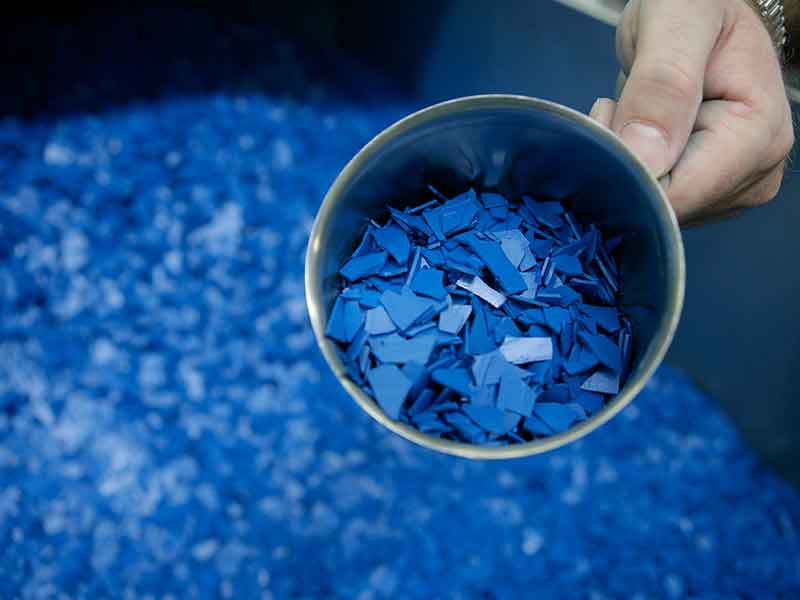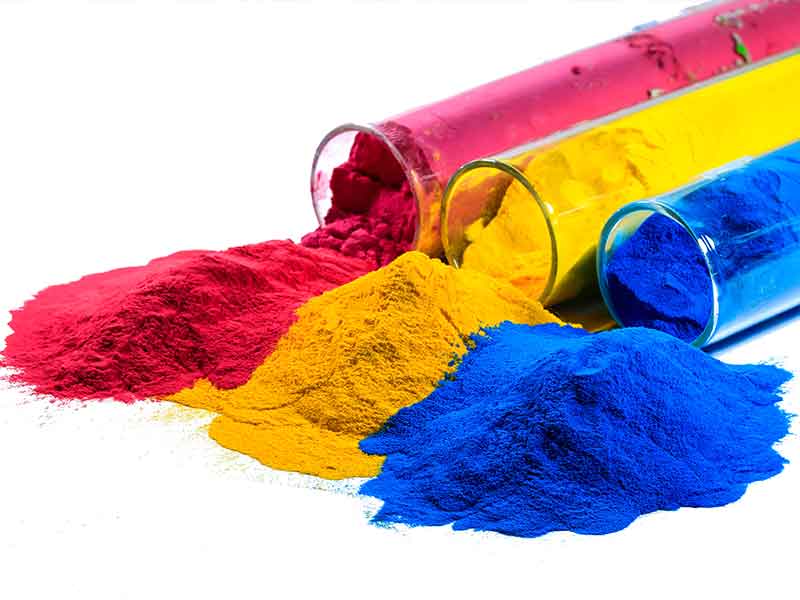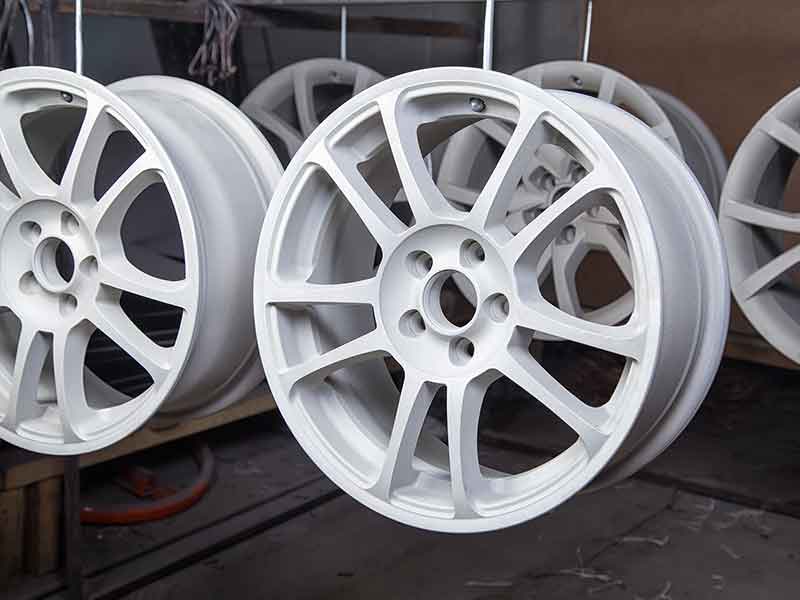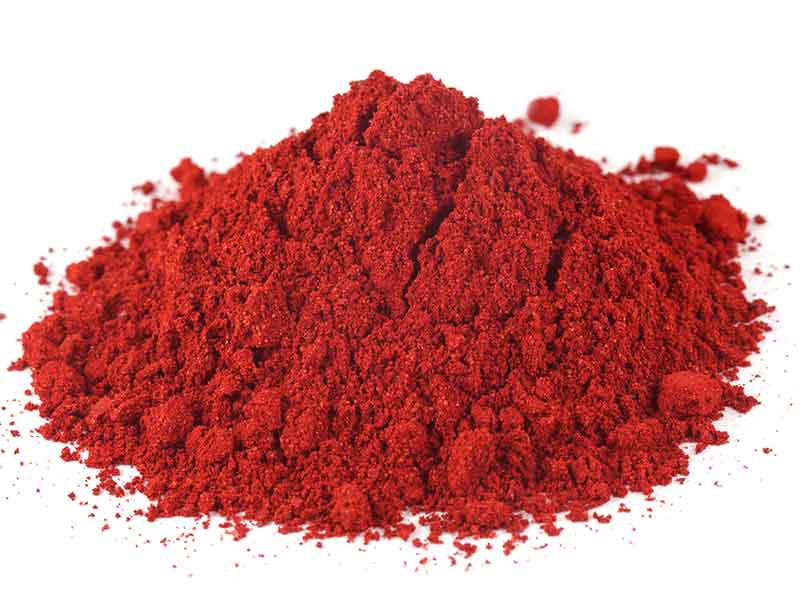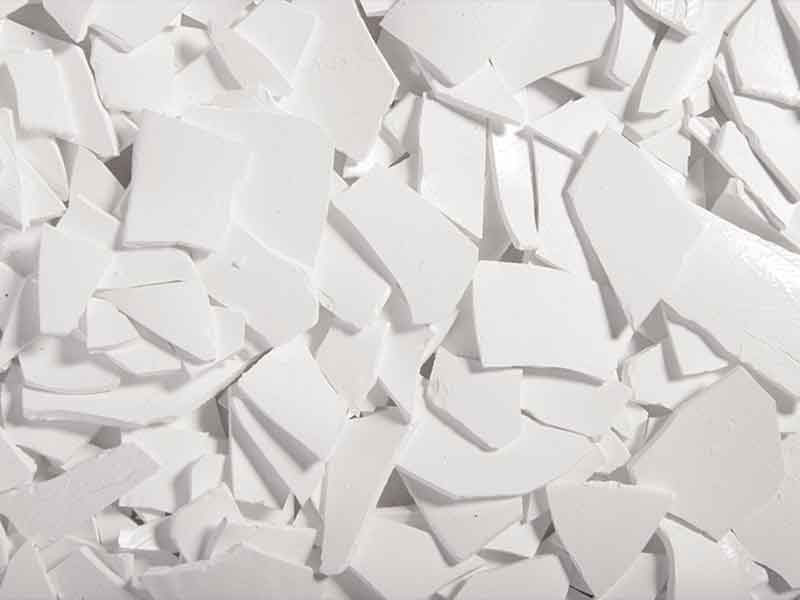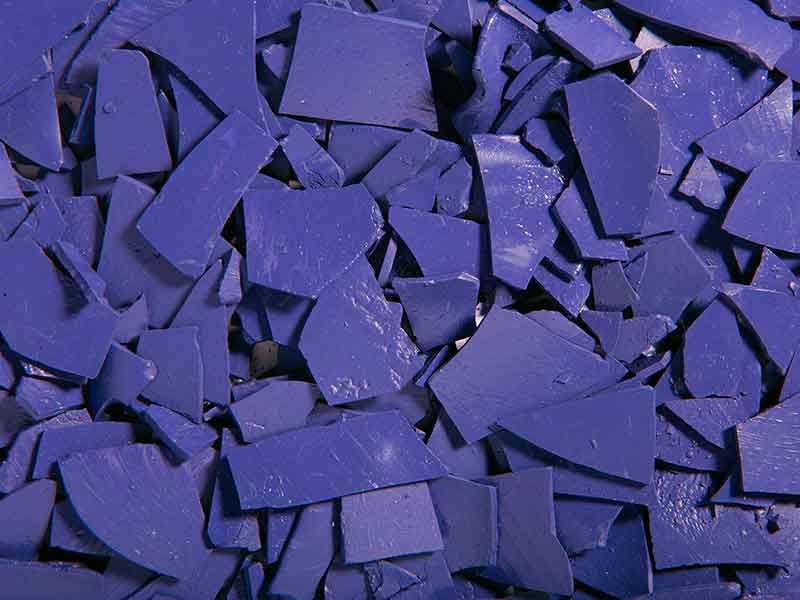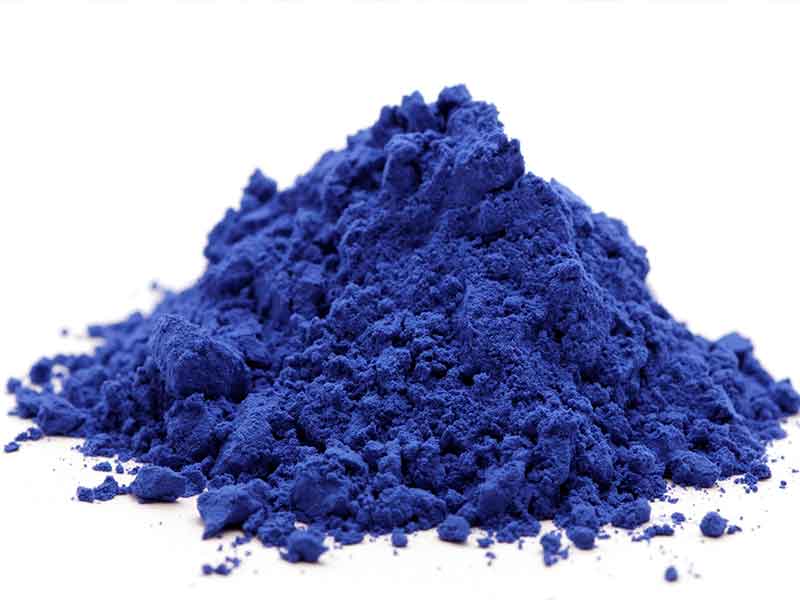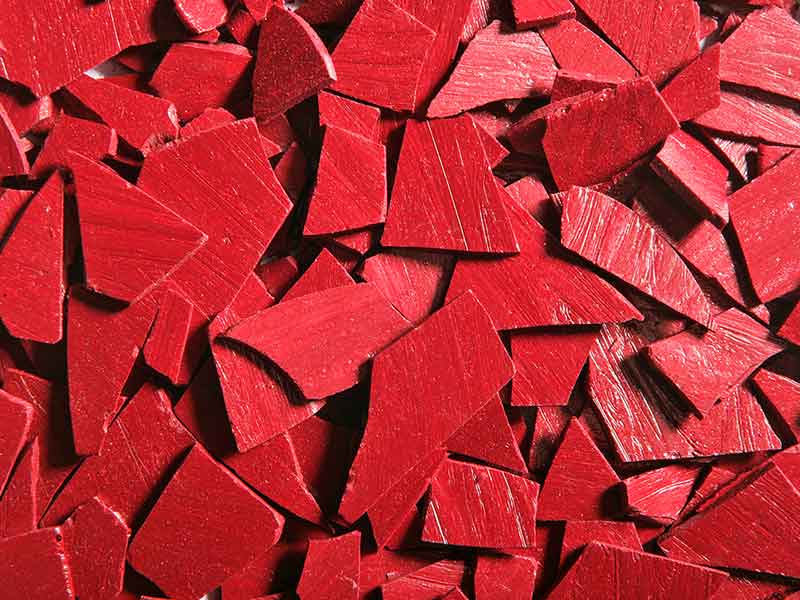Compounding machinery for Powder Coating
Powder coatings today mainly comprise thermosetting powders applied electrostatically. Afterwards they are baked to initiate curing by crosslinking according to the specific surface requirements. These can be functional and/or decorative, with an enormous range of colours in matt, semi-gloss or high-gloss finish as well as metallic, structural and soft-touch effects. Functional powder coatings feature a range from antibacterial characteristics to corrosion protection. Main applications are metal coating in general, household appliances, facades, furniture and automobiles, as well as highway reinforcing bars and oil pipeline coatings.
Polymer powder coatings came into use in the mid twentieth century. They were first applied by the whirl sinter process to a preheated workpiece immersed in a whirlbath of powder coating particles. This was and still is used for high coating thicknesses up to 500 μm.
Thermoplastic powder coatings were the main material to start with, followed gradually in the 1960s by thermosets: epoxy, epoxy-polyester hybrid, polyester/PRIMID, polyester/TGIC, polyurethane, and acrylate based formulations.
Apart from their excellent surface coating qualities, powder paints have several other advantages as well. First of all they need absolutely no solvents, with or without VOCs. This makes the entire powder coating process clearly superior to other systems with regard to application and utilization efficiency (up to 95%) as well as environmental and energy relevant aspects. Another important advantage is the clearly defined thickness of each coating.
Typical applications
The latest powder coating development trends include new crosslinking technologies (such as UV), lower baking temperatures, thinner coatings and wider substrate possibilities (glass, wood, plastics). One of the biggest breakthroughs for powder in the heat sensitive substrate market is on medium density fiberboard, or MDF, a combination panel bonding particles of wood with a synthetic resin. MDF is very suitable for powder coating application because of its low porosity and homogeneous surface. MDF products include office furniture, kitchen and bath cabinets, doors, store fixtures and displays, barbecue trays and ready-to-assemble furniture for the office and home. Customizedformulations for correspondingly small lot sizes are also gaining ground.
Compounding requirements for Powder Coatings
Powder coatings are prepared in a compounding machinery in the solid phase by medium-intensity premixing the weighed-in components including base polymer, additives, pigments and fillers. This mixture is fed in the BUSS compounding machinery to the BUSS Kneader and compounded in the viscous melting phase. The melt is then fed to a cooling conveyor or similar, rolled out into a friable sheet, cooled and broken into chips via a mechanical knibler, and the chips are then ground down to precise grain size distributions or particle sizes.
Decisive for the compounding stage is highly efficient dispersive and distributive mixing at low product temperatures well below the base polymer crosslinking temperatures.
The BUSS Kneader’s specific capabilities really come to the fore in this application: Due to the operating principle of the compounding machinery, the enormous number of mixing cycles at moderate and uniform shear rates enables unsurpassed mixing efficiency and resultant product quality at maximum throughputs. The well-proven screw geometries cover a wide range of applications, and the modular process configuration system enables uncomplicated adaptation. The hinged barrel casing of the BUSS Kneader enables rapid access, easy cleaning prior to extreme colour changes, and high availability.
The emergence of powder coatings in the heat sensitive substrate market, on medium density fiberboard, or MDF, is a perfect example of application that are extremely well suited to the BUSS Kneader technology and the BUSS poweder coating compounding machinery. Together with the broadly-based BUSS process expertise, this makes the BUSS Kneader first choice for compounding powder coatings with the highest investment security for over fifty years.
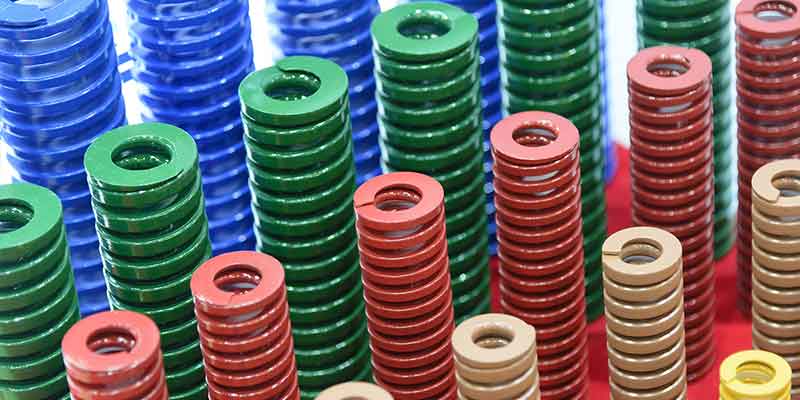
Typical compounding plant layout for Powder Coatings
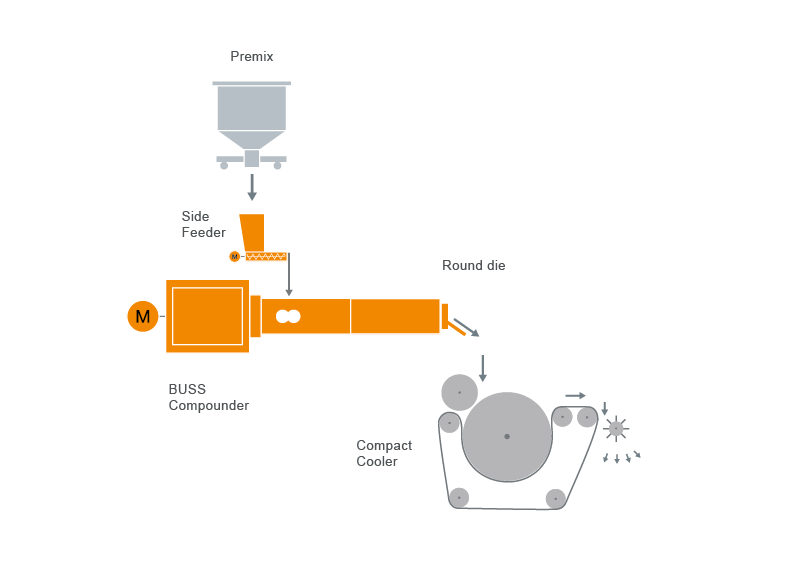
BUSS compounding systems offer the following specific benefits
Learn More
Downloads
-
BUSS Kneader Technology for Powder Coatings


